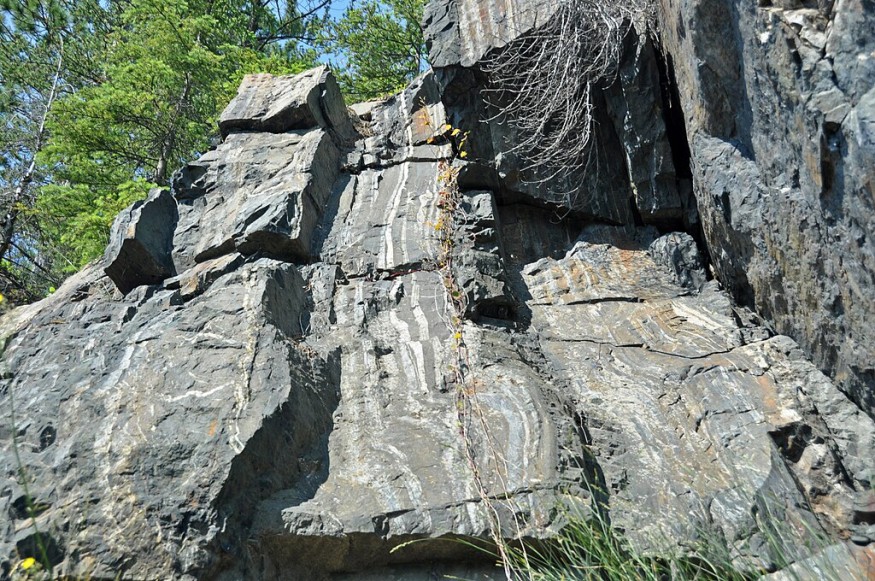
In the realm of peculiar and enigmatic formations on the planet, the Baigong Pipes stand out as a remarkable discovery.
Mysterious Natural Formation
In the remote Qinghai Province in China lies a puzzling archaeological site that defies conventional explanations. Peculiar structures composed of a unique metallic alloy are found in caves high on Mount Baigong.
Baigong Pipes are rusty tubes which range in size from needle-size to 16 inches (41 centimeters) in diameter. They are located deep inside the mountain to a saltwater lake about 260 feet (79 meters) away.
The structures are located about 25 miles (40 kilometers) southwest of Delingha city in the autonomous Tibetan and Mongolian prefecture of Haixi. They were discovered in the 1990s by a group of American experts who were searching for dinosaur fossils in the area. Since then, the tube-like structures have stirred the curiosity of scientists who sparked debates regarding their origin or purpose.
Upon stumbling across the unique formations, the scientists reported their discovery to the local authorities of Delingha. It began to gain widespread attention following a subsequent report by Ye Zhou in June 2002.
The first references to the structures are from the Chinese state media affiliated news site Xinhua News Agency. The article reveals that the tubes were composed of 30% iron oxide with a large amount of silicon dioxide and calcium oxide. Meanwhile, 8% of the pipes cannot be identified by scientists.
The mystery of the large amounts of iron oxide deposits, 8% material being unidentified, and their pipe-like appearance has led to speculation from conspiracy theorists who believe that these tube-like formations within a mountain can be evidence of advanced civilization or extraterrestrial activity.
READ ALSO : 390-Million-Year-Old Fossilized Trees Discovered in UK Coastline Reveal the World's Oldest Known Forest
Pipe or Plant?
In other parts of the world, there are structures with similar look or composition to the Baigong Pipes, such as in south Louisiana. There is also a well-preserved Lycopsid tree cast with bark found on a cliff face in Pennsylvania.
In the paper "Fossil tree casts in South Louisiana soils," researchers Joann Mossa and B.A. Schumacher studied the pipes in south Louisiana and discovered that just like the Baigong Pipes, they are most likely fossilized trees.
The cylinders are believed to be tap-root casts of fossil trees where sediments replaced wood. Pedologic and diagenetic processes also likely caused the external part of the tree root to be preserved while the internal structure was lost.
Scientists also contrasted the characteristics of cylinders which developed in various stratigraphic materials to examine the effect of time and lithology in the development and preservation of the pipes. It was found that minerals formed around the roots before they rotted away inside, leaving the hollow tube effect.
The same explanation was also given to the Baigong Pipes, with scientific experiments confirming that the pipes themselves contain organic plant matter. Another theory suggests that the pipes were created in natural cast. It is believed that sandstone by the Tibetan Plateau uplift was left with fissures which were then filled with iron-rich sediments during flooding.
Check out more news and information on Fossils in Science Times.
© 2026 ScienceTimes.com All rights reserved. Do not reproduce without permission. The window to the world of Science Times.










